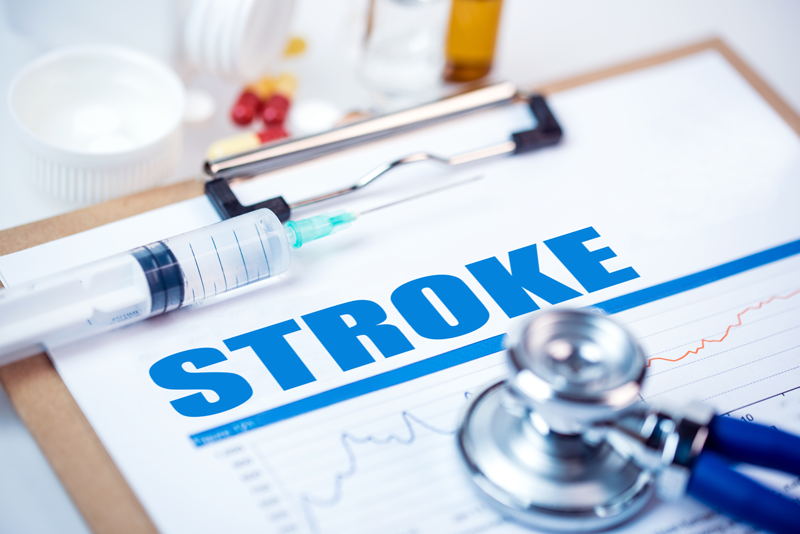
Every moment is critical when you’re having a stroke. In fact, the severity of 8 out of 10 strokes can be limited by fast action. If a stroke patient reaches emergency help within 3 hours, a stroke drug called tissue plasminogen activator (tPA) can give them a much better chance of survival and recovery.
Unfortunately, public awareness of common stroke symptoms and the benefits of tPA remains low, despite years of efforts by the American Stroke Association and other groups. Surveys show most people still don’t realize that there is a lifesaving drug available - or that it must be administered so quickly.
Stopping Clots
A clot-busting drug like tPA works as an enzyme to convert plasminogen to plasmin, which is responsible for clot breakdown in the body. It breaks up arterial clots and restores oxygen to the brain, which is depleted during a stroke.
Oxygen deprivation quickly causes serious problems throughout the brain and body, including limited mobility, lack of balance, vision problems, and speech loss. When clots block too much oxygen for too long, the effects of the stroke may be permanent. The person may have lifelong issues like memory loss, paralysis, inability to speak, blindness, and brain damage.
With a clot-busting drug like tPA, the stroke patient is hooked up to an IV and the drug enters their bloodstream. As long as this takes place within 3 hours of stroke onset, or 4.5 hours for some people, most clots will dissolve. If they don’t, the person may have a thrombectomy, which is physical clot removal through surgery.
Early Warning Signs
A stroke sometimes comes on suddenly, but often there are early and temporary stroke signs called transient ischemic attacks (TIA). One-third of U.S. adults have had symptoms that could be classified as TIA symptoms, yet many of them never seek an evaluation by a medical expert.
The symptoms of TIA may seem mild, but they should never be ignored. One-third of people who experience TIA symptoms have a stroke within a year.
Early signs of TIA/stroke include:
- A vague feeling of numbness in the arms, legs, or face
- Confusion about everyday experiences
- Trouble speaking or understanding
- Sudden vision problems
- Balance issues, like loss of coordination or dizziness
- A persistent headache with no known cause
At the earliest stage of TIA, a doctor can evaluate whether the person is a good candidate for tPA or other drugs and procedures that can prevent a stroke from happening. Early intervention brings the best outcomes for long-term health, like preventing paralysis, halting speech and vision problems, and defending against brain damage.
Taking FAST Action
Here’s the good news: Across the world, fast action is saving lives.
Stroke used to be the 4th leading cause of death, and now it’s the 5th. Health experts attribute this to advances in medical treatment, especially clot-busting drugs that limit or stop the effects of stroke.
The American Stroke Association uses the acronym FAST as a reminder to act fast in response to stroke symptoms: face, arms, speech time. Quickly evaluate these signs:
Facial drooping
Arm and leg weakness
Speech difficulty
Time to call 9-1-1
Expert Care
If you suspect a stroke, call 9-1-1. You can also reach out to the stroke experts at Johnson Memorial Health. We were recently awarded Stroke Ready Certification by the Healthcare Facility Accreditation Program for excellent staff training and expert home health and outpatient stroke therapy.
